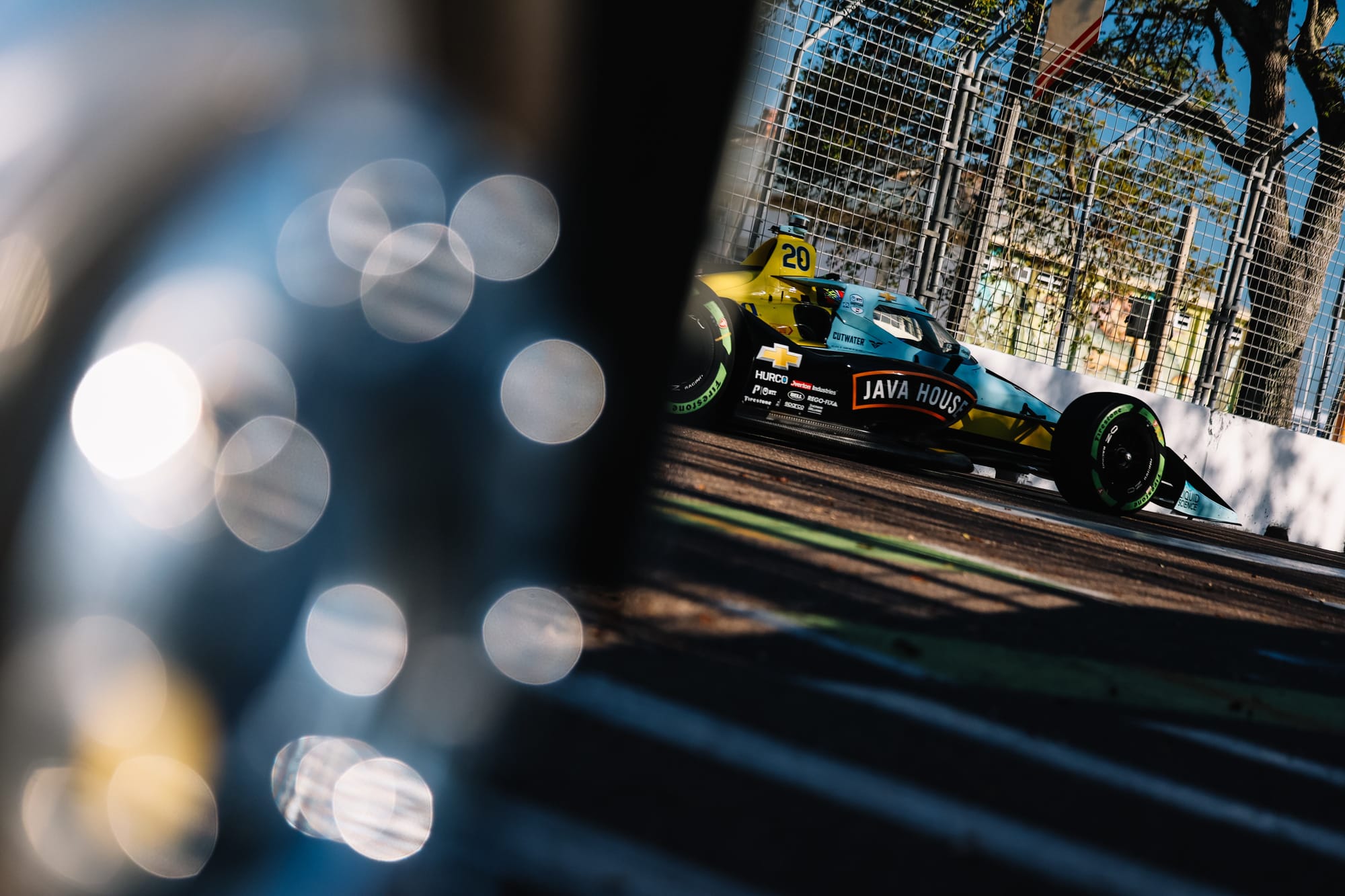Felix Rosenqvist is one of IndyCar's most fascinating drivers. Many believe his talents merit more than just the one series victory and he is very highly respected in the global motorsport community.
But he also now has unrivalled experience in that, since 2021, he has driven for almost all of IndyCar's top teams or been affiliated with them. He raced for Ganassi from 2019-20, for McLaren (2021-23) and for Meyer Shank, which had been affiliated with Andretti since 2020 until this year when it switched to Ganassi.
In many ways, that relationship means a return home - even if reports surfaced that Ganassi was not happy with Rosenqvist immediately after he left for McLaren - and after two 2025 races he sits fifth in the championship.
Can Shank take the next step? Can Rosenqvist? What can he tell us about the top teams in IndyCar (and their drivers) and how they compare?
He joined The Race IndyCar Podcast this week for an in-depth interview.
Ranking other teams
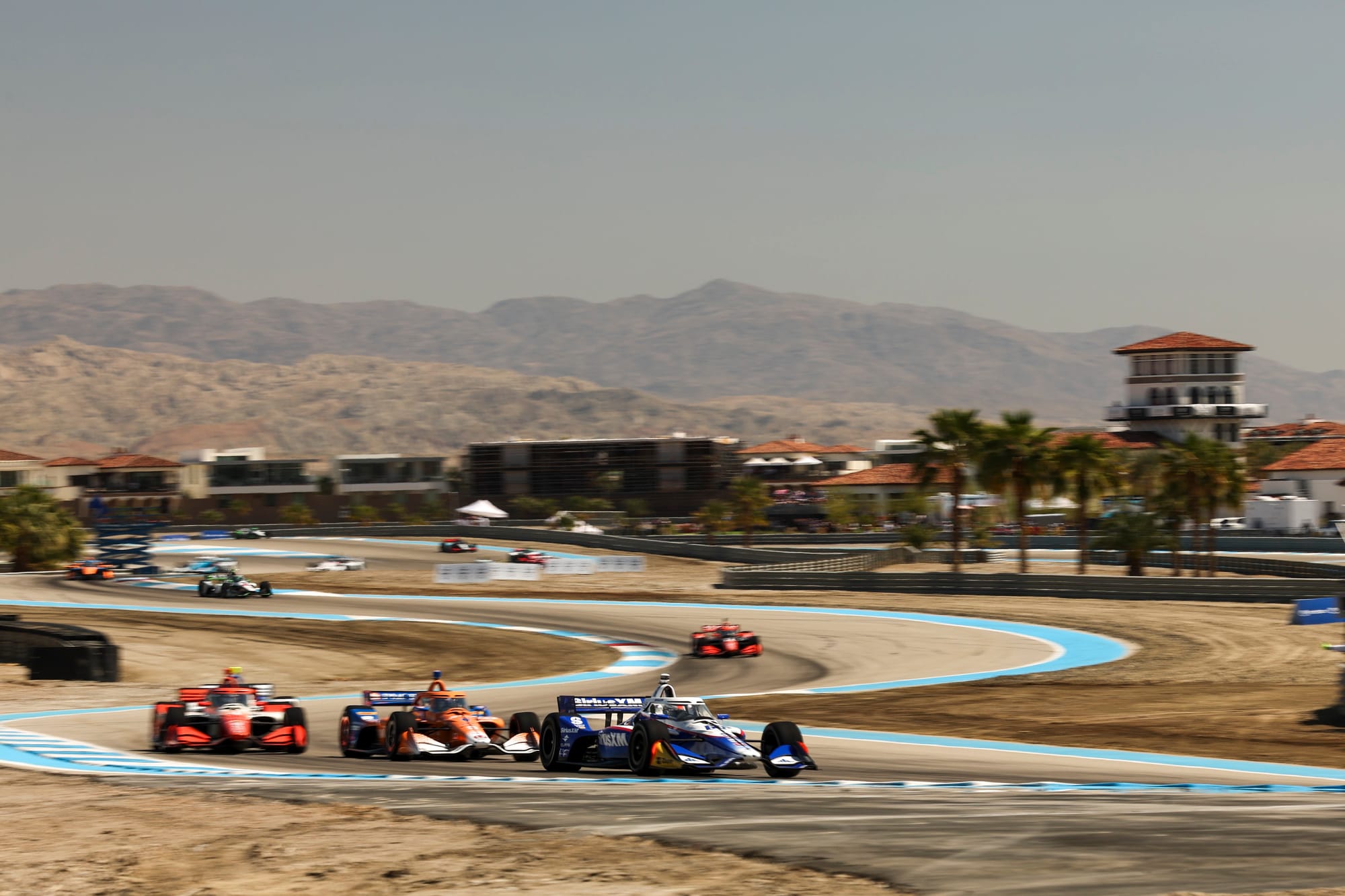
Shank has used technical tie-ups for most of its IndyCar existence, which means it gets certain parts of the car built by its partner, and then it's allowed access to on-track data. The drivers from both teams also join together in the engineering meetings.
Meyer Shank still does its own research and development and is responsible for actually building the cars - a big area for loss and gain - and harnessing all of the data it gets and turning that into usable info. Rosenqvist says Shank is still doing "90%" and that it "deserves a lot of credit for how well they do, how deep they go to make sure these cars are tip top every time you run".
The relationship with Ganassi has started with a similar structure to the Andretti one, although Rosenqvist says it's "a bit deeper" than before, adding: "[There is] just more communication through both sides and more meetings, more catching up after the week or between the weekends."
What is interesting is that Rosenqvist offers us a timeline of how much Ganassi has changed since he left at the end of 2020 to now.
"You can tell that they've stepped up in a lot of areas where, when I went to McLaren, I thought when it came to the software and technical side, they were ahead of Ganassi," explains Rosenqvist.
"I feel like they're [Ganassi] actually ahead of where McLaren was when I left that team. Everything just keeps developing."
Given McLaren's access to the Formula 1 team and knowledge of the systems it uses, that’s a bold claim from Rosenqvist.
He also thinks Shank is ahead of all of his previous teams in one particular area.
"I've been with a lot of good teams and I think the way they [Shank] build their cars is better than any other team," he adds. "They're really, really good and their attention to detail is next level, like the gearbox and uprights and everything."
Dixon stepping up
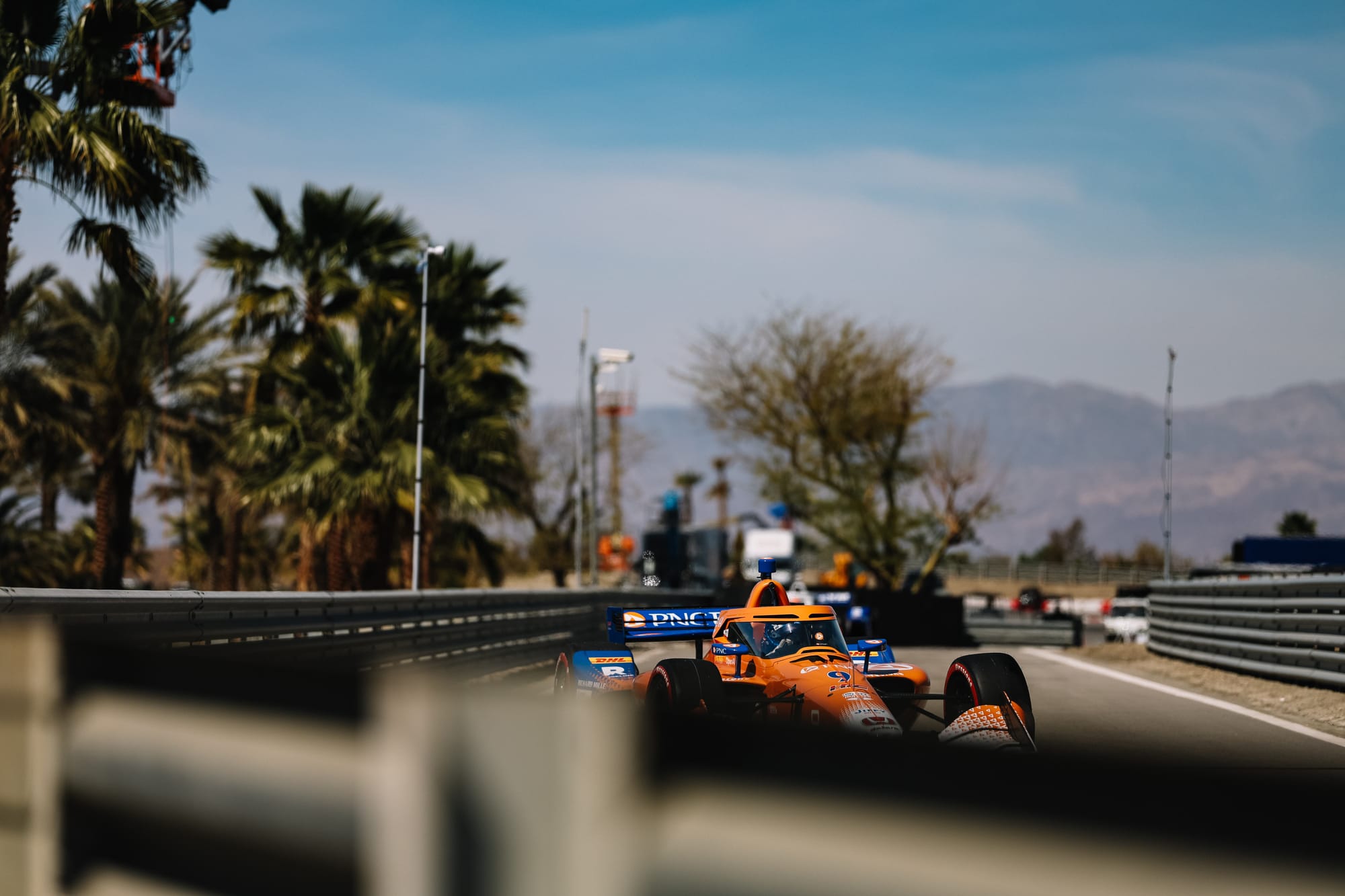
There was no doubt Scott Dixon and Rosenqvist struck up a strong working relationship during Rosenqvist's first two years in IndyCar at Ganassi. But 44-year-old Dixon's development curve might not be the first thing you'd expect Rosenqvist to rank as most beneficial in the new Shank-Ganassi tie-up.
"He [Dixon] just keeps changing and developing and that's cool to see," adds Rosenqvist.
"I think that's one of the things a driver like me, when I see that, he just shows you that, hey, you can't just cruise your way through this, you've got to keep changing and working and get faster and you just get smarter every day.
"So I think that's truly what the relationship has brought to me, the most benefit, just seeing that and it's pretty cool when you come back and it feels like not that long ago, but everything is just different."
His new engineer
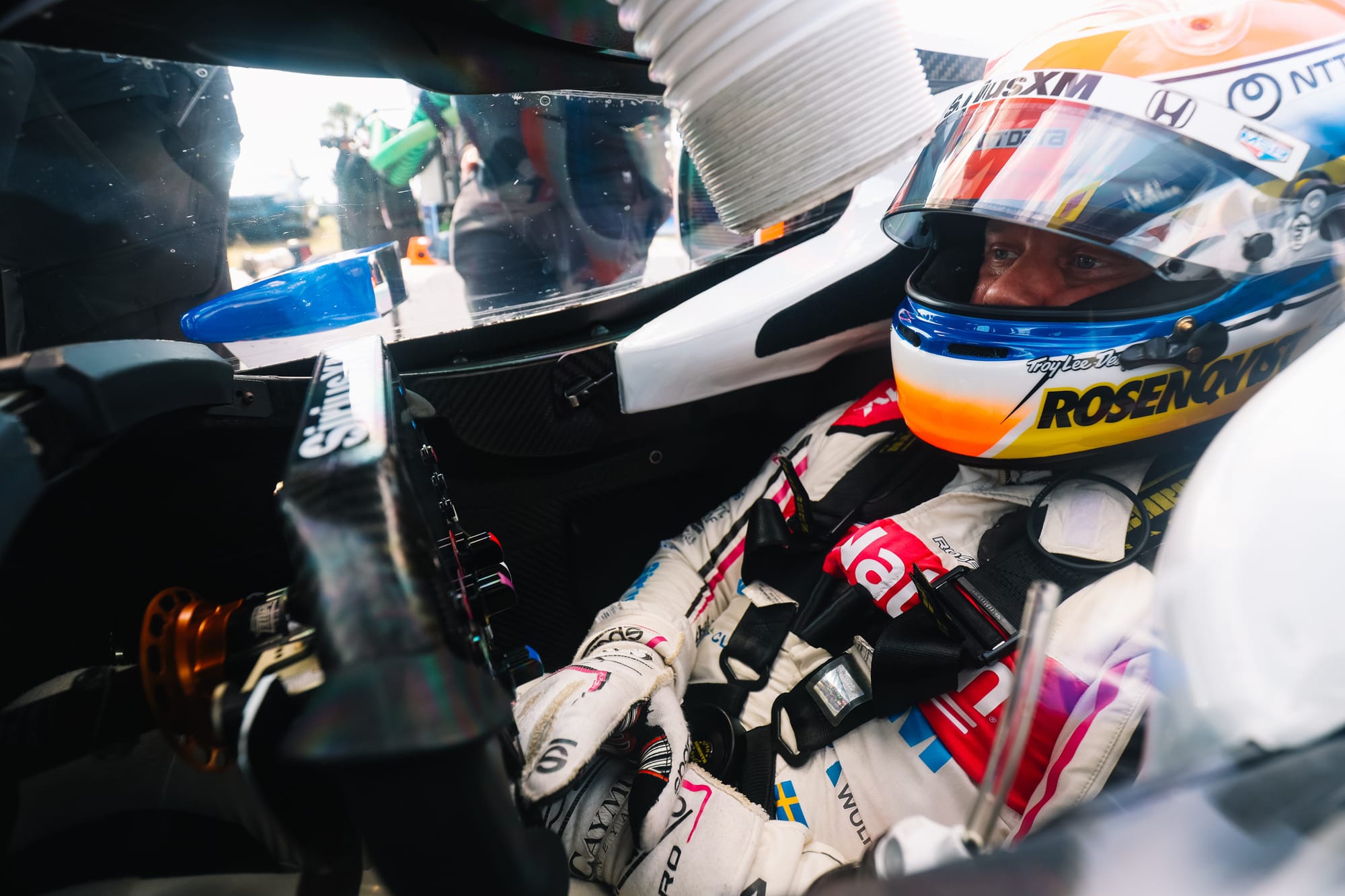
Both Rosenqvist and team-mate Marcus Armstrong - who Rosenqvist says "might be one of the guys that I've been with that actually works the hardest", which is high praise when you consider Rosenqvist's list of team-mates - have Ganassi engineers for 2025.
Armstrong has moved over from Ganassi and keeps Angela Ashmore, while Rosenqvist has received Dixon's engineer for the previous two years, Ross Bunnell, who has had a rapid rise and is an exciting prospect for the future too.
"He's been a super good guy to have on the stand, and he's pretty well-rounded as well," says Rosenqvist. "I feel like I couldn't ask for a better guy to have a sort of in the middle of all this."
Bunnell, having worked with Dixon, has been vital to one area Rosenqvist's really tried to work on in 2025.
"The greats in the championship, like the Dixons of the world, they can read a race from the car. And that's something I want to work on."
He says work on that with Bunnell is already "paying dividends" having used those skills at Thermal. "I would say it was a typical race where normally I wouldn't thrive, but actually I did, so it's super exciting."
Race execution
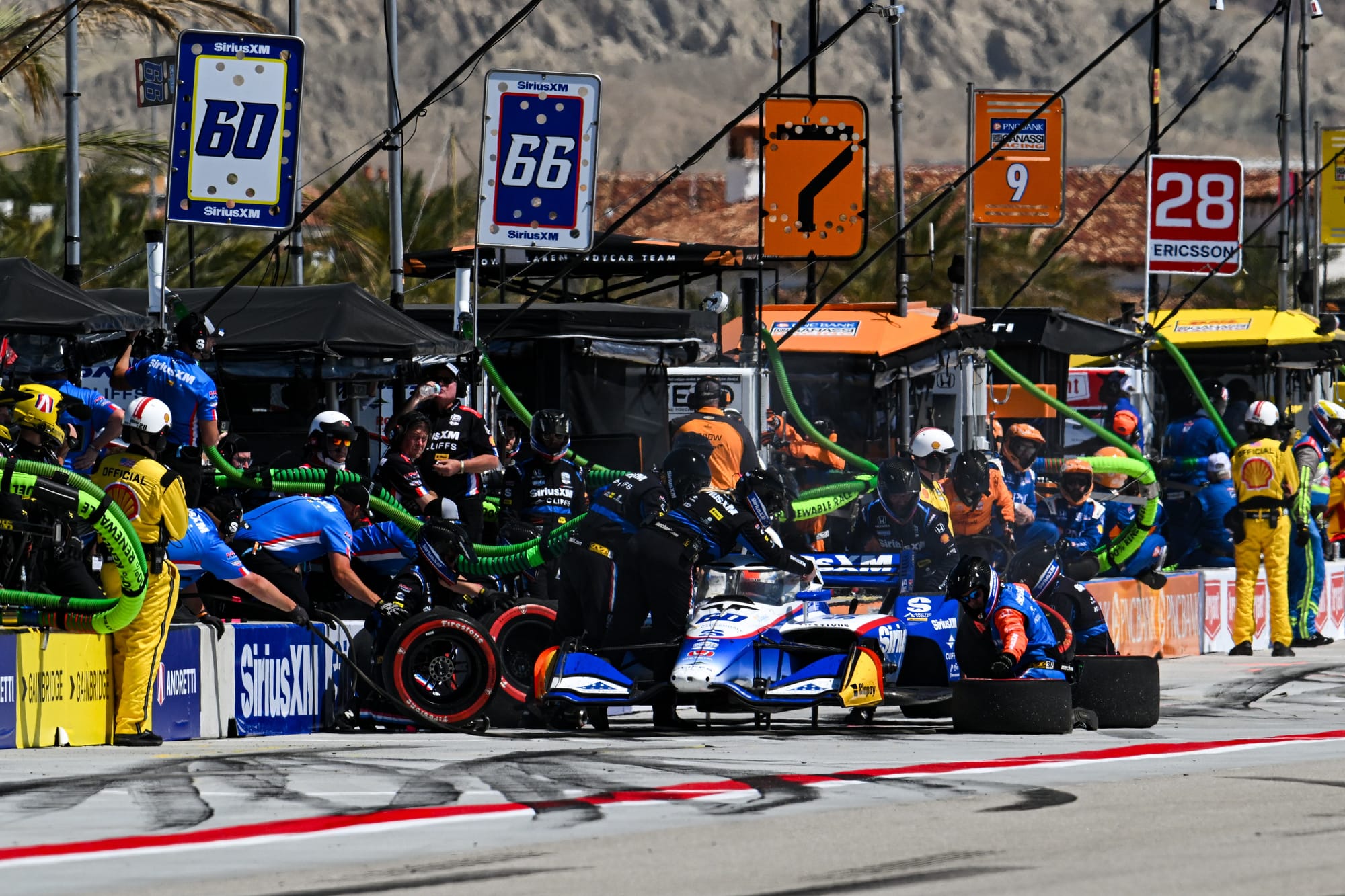
It's clear that if Shank is to make a step forward to fight the bigger teams and win races, it needs to improve on executing races.
The 2025 season has started in a similar way to 2024, with brilliant qualifying leading to good results.
But if there can be any criticism of the team it's the combination of pitstops, strategy, tyre management and racecraft. All things it has done well, but you need all of them to be perfect to fight at the front in an IndyCar race.
"Qualifying has continued, I think there was probably more in Thermal, but we feel like we're good on one lap still, and nothing's changed there," says Rosenqvist.
"The big focus has been race pace, strategy, tyre management, fuel saving, all those things have been like 90% of everything I've tried to focus on in a week."
That requires a lot of energy and attention, which shows how much this means. But really, MSR has shown it can do everything to be a top IndyCar team. It just needs to do all of it, together, at the same time, consistently. Rosenqvist is in a similar boat personally.
Rosenqvist's new best track
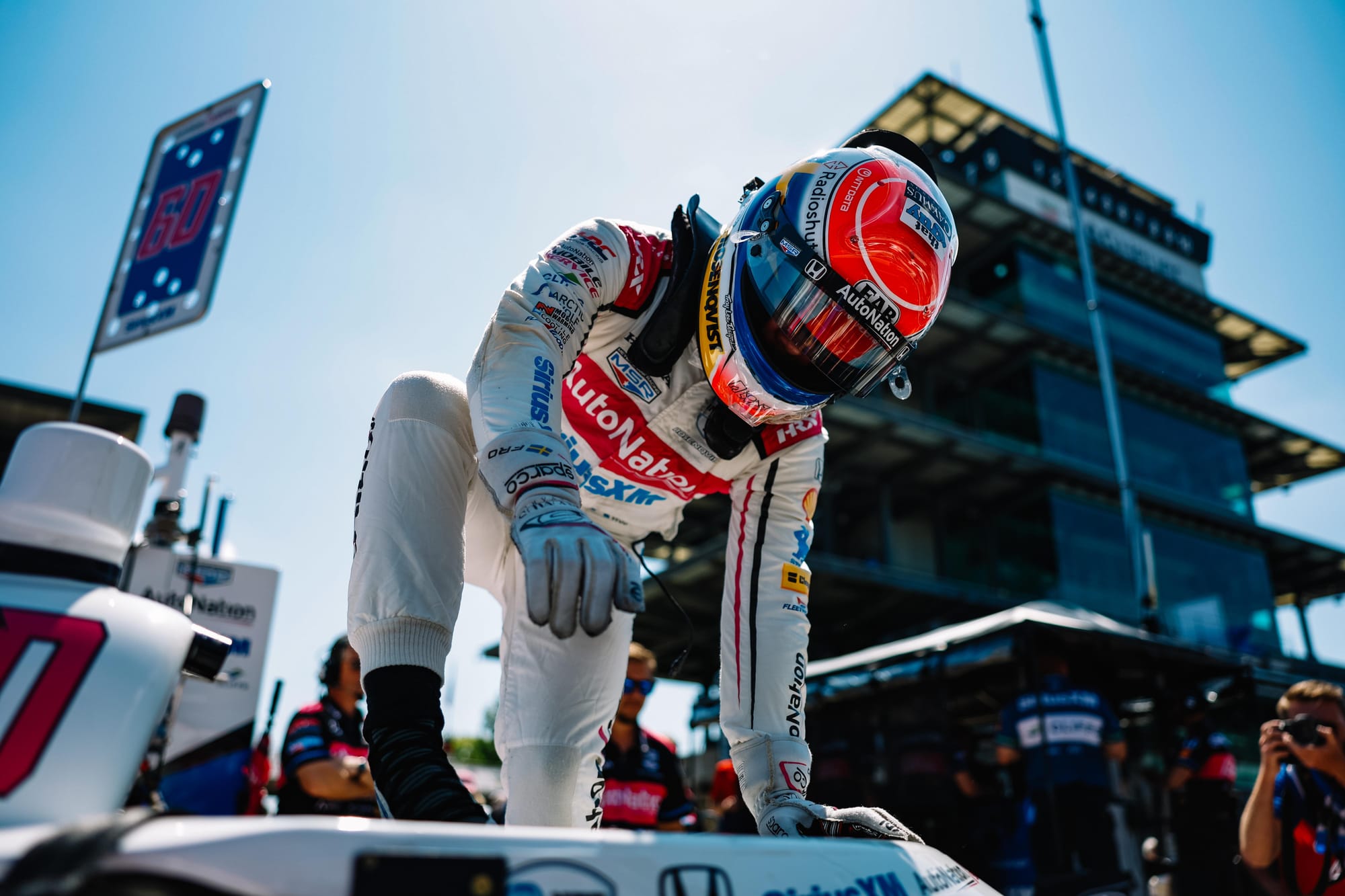
"The ovals are probably the most fun part these days, where, if you interviewed me six years ago, I definitely would have said that the street courses were the most fun," says Rosenqvist.
And one oval race rules them all: the Indianapolis 500.
Looking at Rosenqvist's average result of 20.83 you may think: What? He thinks this is his best race?
But in his defence, that statistic doesn't tell the full story. His fourth in 2022 felt like a breakthrough result and then he crashed fighting for the win the following year (below) before an engine failure in 2024, when he appeared to be one of the top Honda-powered cars, shows he is now a consistent threat.
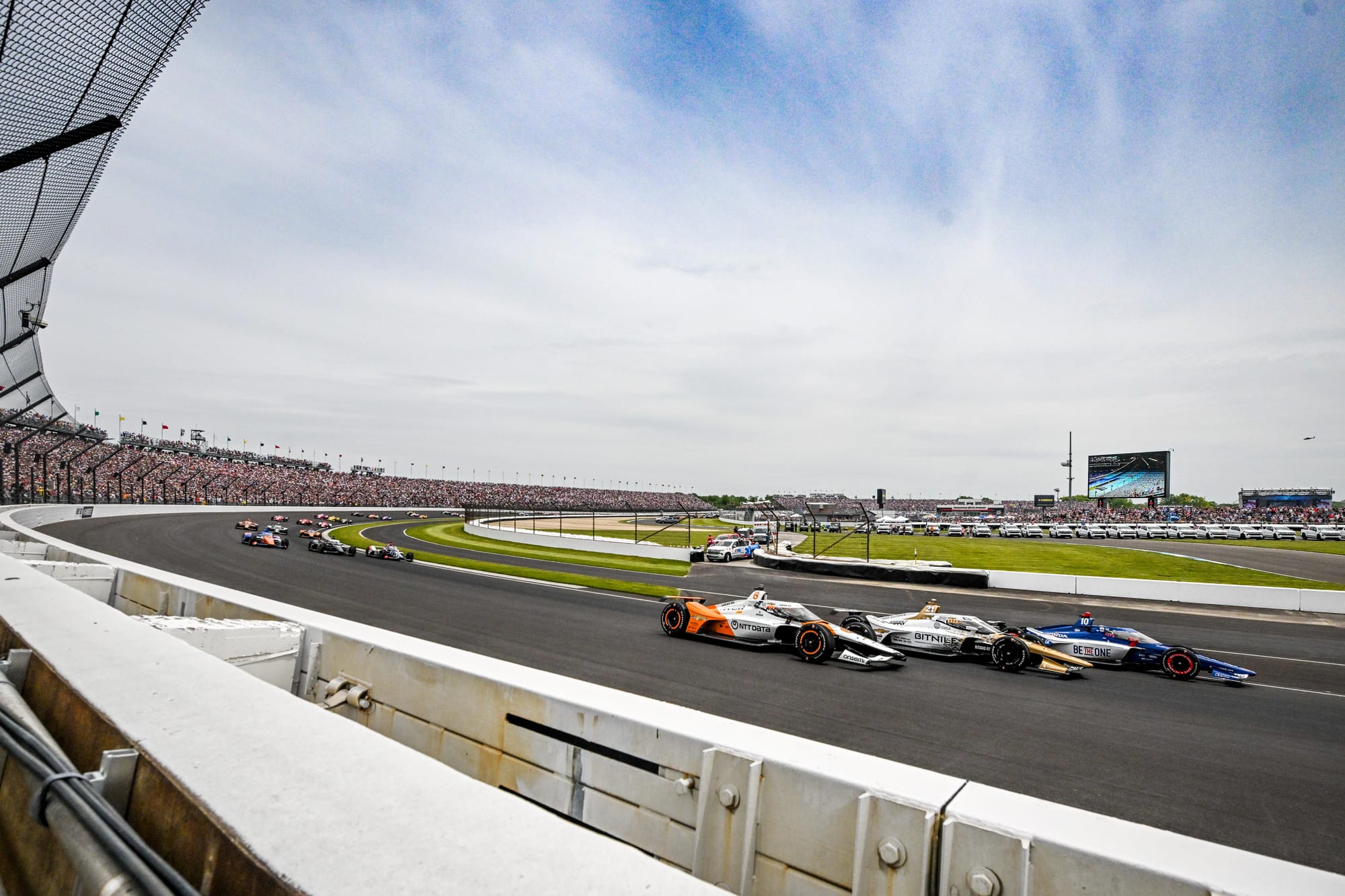
"I think the 500 was a tough introduction for me when I came to IndyCar and it slowly became my favourite race and I'd also say my best race, which is lucky in a way because it's the biggest race of the year," he says.
"But I feel the last three years I've been there we've always been at the front in both qualifying and running in the race as well, which is super cool."
The car building qualities of Meyer Shank are one of the key reasons Rosenqvist heads in with confidence: the team won in 2021 with Helio Castroneves, who returns in a third car this year.
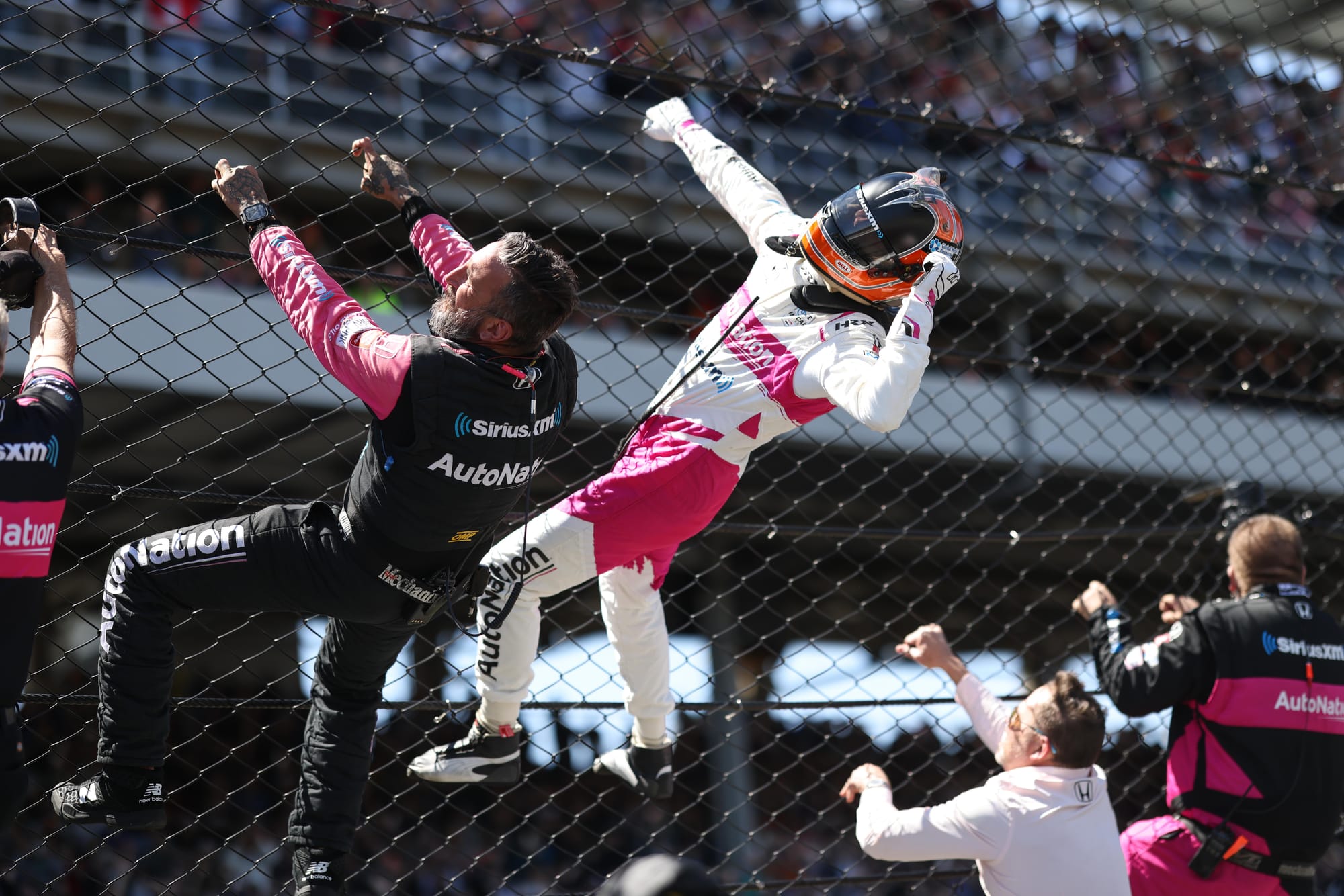
"You can't win at that track if you don't have a really well-built car," he adds.
"It'll be interesting to see, take the experience from the past years and Helio's win and now with the Ganassi partnership and also my improved oval skills, I'd say, just putting that together, I think we'll have pretty good shot this year."
The car building was also key in its strong oval performances last year, even if the results again don't tell the story. Just look at the disparity between average qualifying and average finish.
Shank on ovals in 2024
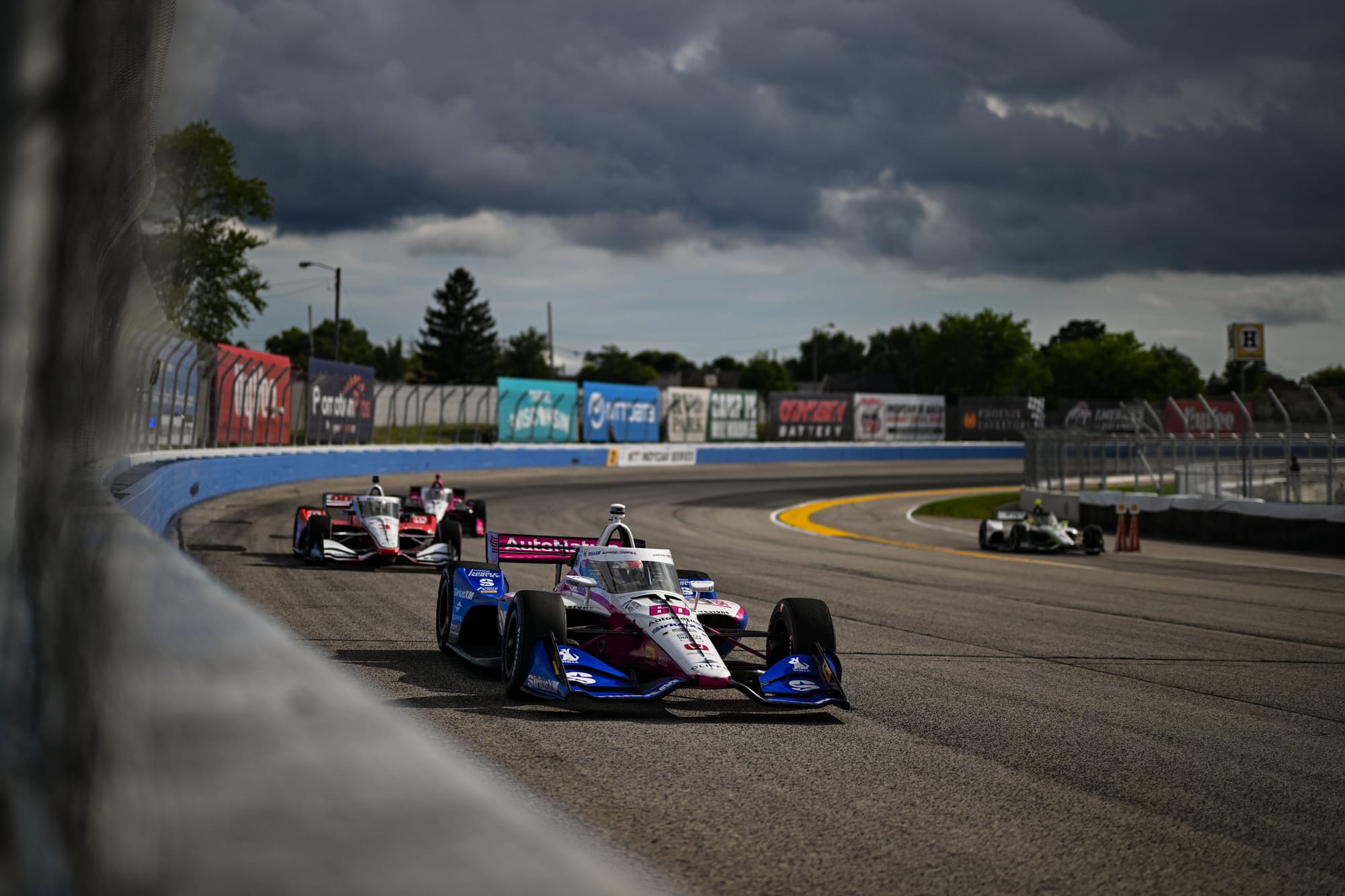
Indy 500
Rosenqvist: DNF (engine issue while eighth)
Tom Blomqvist: DNF (crashed at first corner)
Iowa
Rosenqvist: race 1, 13th; race 2, DNF (damper failure)
David Malukas: race 1, DNF (spun out); race 2, 13th
Gateway
Rosenqvist: 6th
Malukas: DNF (crash with Will Power)
Milwaukee
Rosenqvist: race 1, 13th; race 2, 11th
Malukas: race 1, 15th; race 2, (DNF, mechanical issue)
Nashville
Rosenqvist: DNF (puncture)
Malukas: 9th
Rosenqvist
Average oval qualifying: 6.86
Average oval finish: 17.57
Malukas
Average oval qualifying: 7.50
Average oval finish: 17.67
"The ovals were actually our strongest car, both on the short and the superspeedways," reckons Rosenqvist.
He admits there's some uncertainty as Ganassi wasn’t happy about its package on some ovals last year, but he adds "we feel pretty good about it".
It's clear the team is working very hard and, unlike some others, is very honest and up front in the areas it feels it still has weaknesses in.
If you can be honest with yourself and acknowledge your issues, you can work to fix them.
Whether Shank can do this is one of the most interesting storylines of the 2025 IndyCar season.


